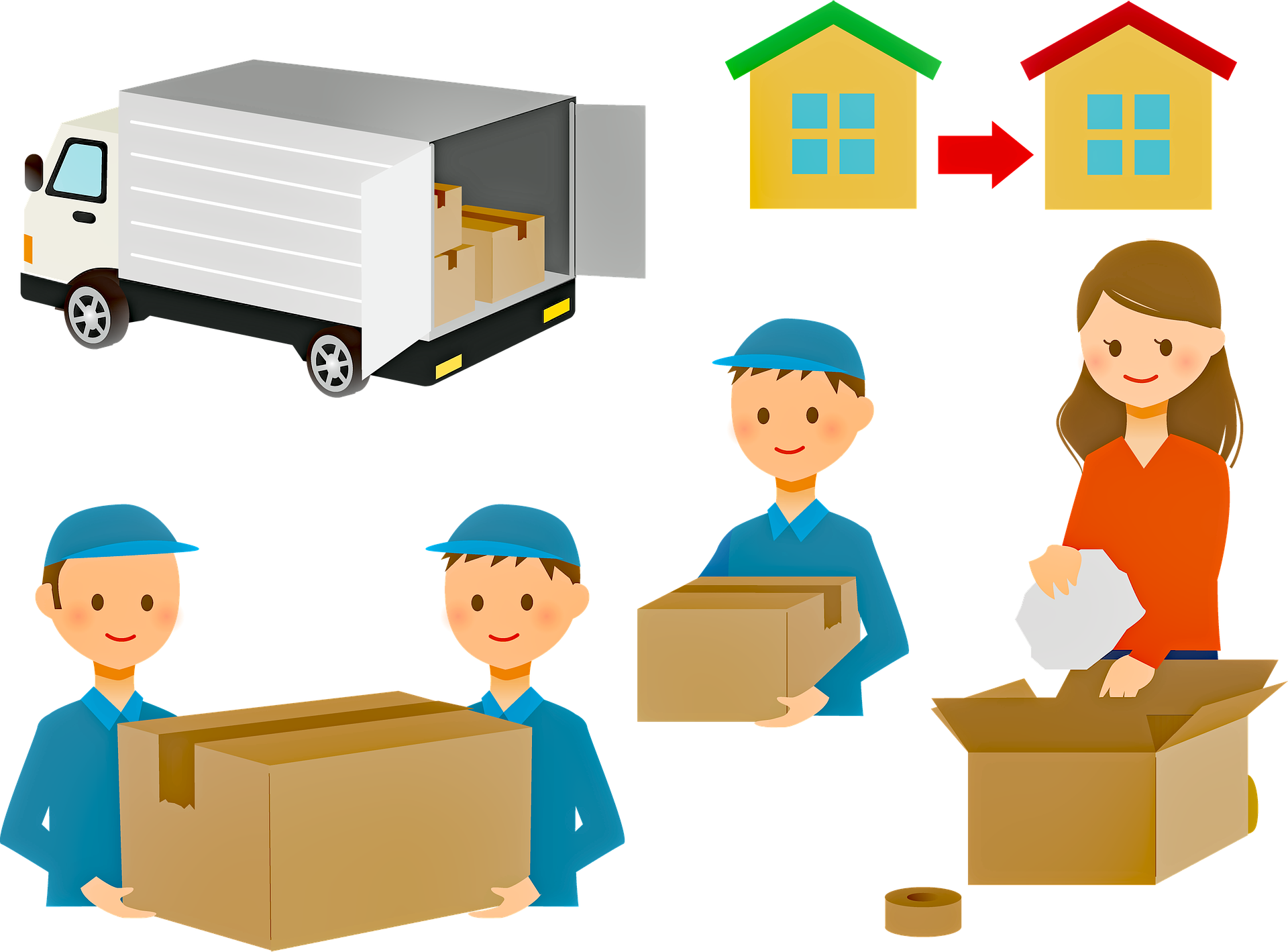Whether you are moving your family to another home or moving your business to a better location, moving can be a stressful endeavor. There are many moving parts, so to speak, and it can be overwhelming—especially on moving day. So many problems can arise, from lost or damaged items to your residential or commercial movers failing to provide proper mover’s insurance.
There are some proactive steps that you can take now to make moving much more tolerable. While they will not avoid every single problem, they will prevent headaches when working with your residential or commercial movers. Here are the five most important things to know before moving from your home or business.
1. Create a Moving Checklist:
Eight to ten weeks before you plan on moving, it is extremely helpful to create a moving checklist. On this checklist should be a collection of items that you want to move or throw out, when you should begin (and finish) packing your items, and records that you may need to transfer. While you may end up diverting from your schedule during the actual move, putting in the work at the beginning will clarify your thinking and will help you feel ready to move on your actual moving day.
2. Notify All Appropriate Parties:
This is especially critical if you are moving a business. You must notify customers, suppliers, and other relevant parties about where (and when) you are moving. If you are moving homes, you’ll want to notify friends and family about your new address. It is much better to do this before you actually move.
3. Do Your Research:
Make sure to take your time before retaining workers for your move. While you can do some thorough research on Google, word of mouth may be much more valuable—especially if a trusted friend or family member had a great experience with particular movers. Along with this, you’ll want to evaluate important questions about the moving process, including your budget to hire movers and whether they offer moving insurance.
4. Collect Extra Packing Supplies:
It always helps to have more packing supplies than you need. You don’t want to be looking for extra tape or boxes on moving day. Even though you may find it “inefficient” to have extra supplies, it is worse to make one extra trip to purchase boxes, markers, or even bubble wrap the day before—or the day of—your move.
5. Clearly Separate and Mark Your Boxes:
It is better to stay organized than throw random items in your moving boxes. By making it clear that certain items are in certain boxes, your movers will take extra care when handling certain boxes and will place boxes in their appropriate rooms, which will save you time and effort once your movers leave.
Get Started Today:
By following any or all of these tips above, you will make your move—whether commercial or residential—much easier. We wish you all the best in your upcoming move!
Read Also:






















